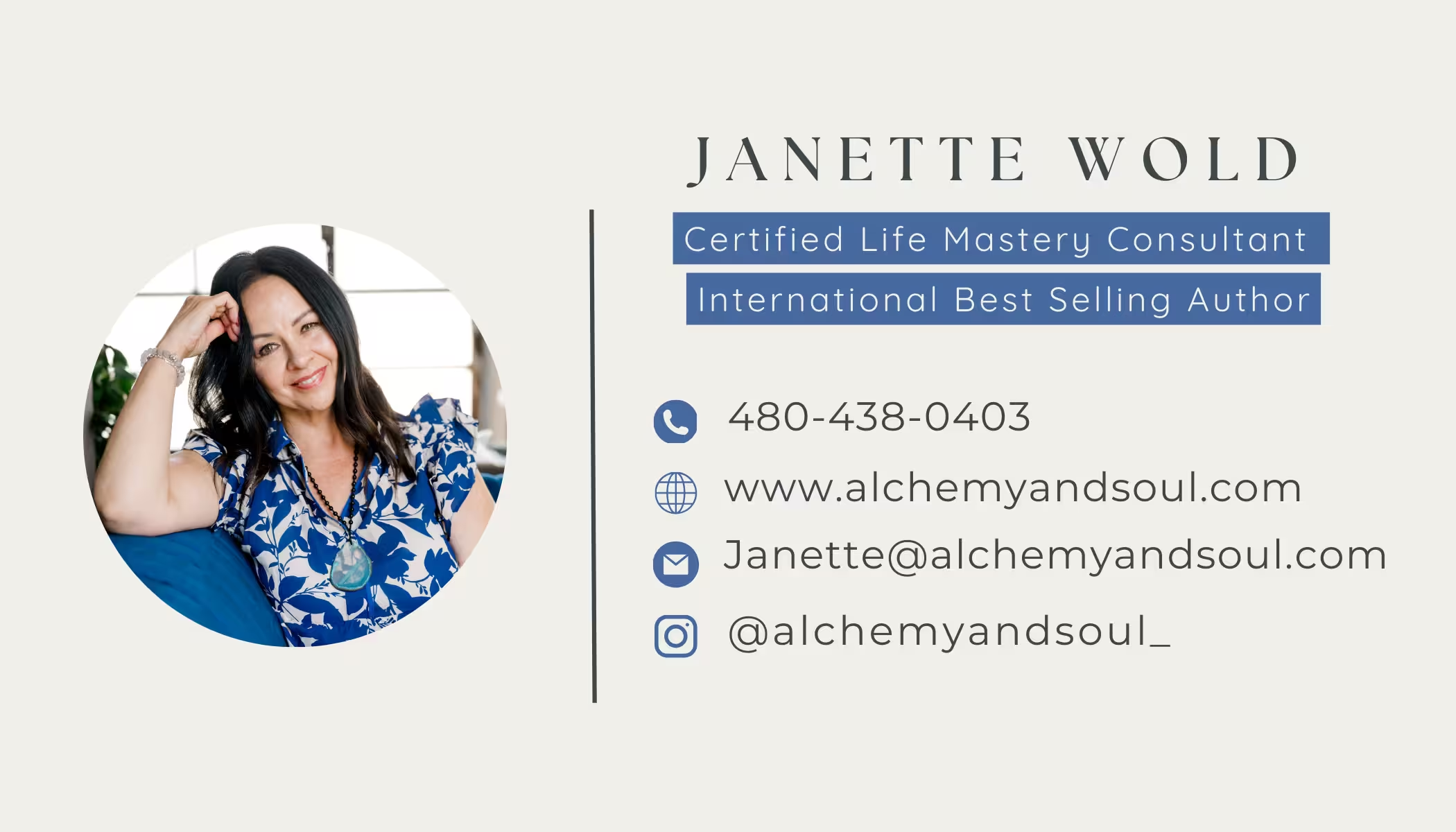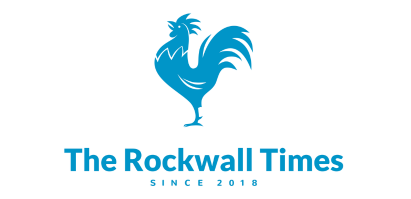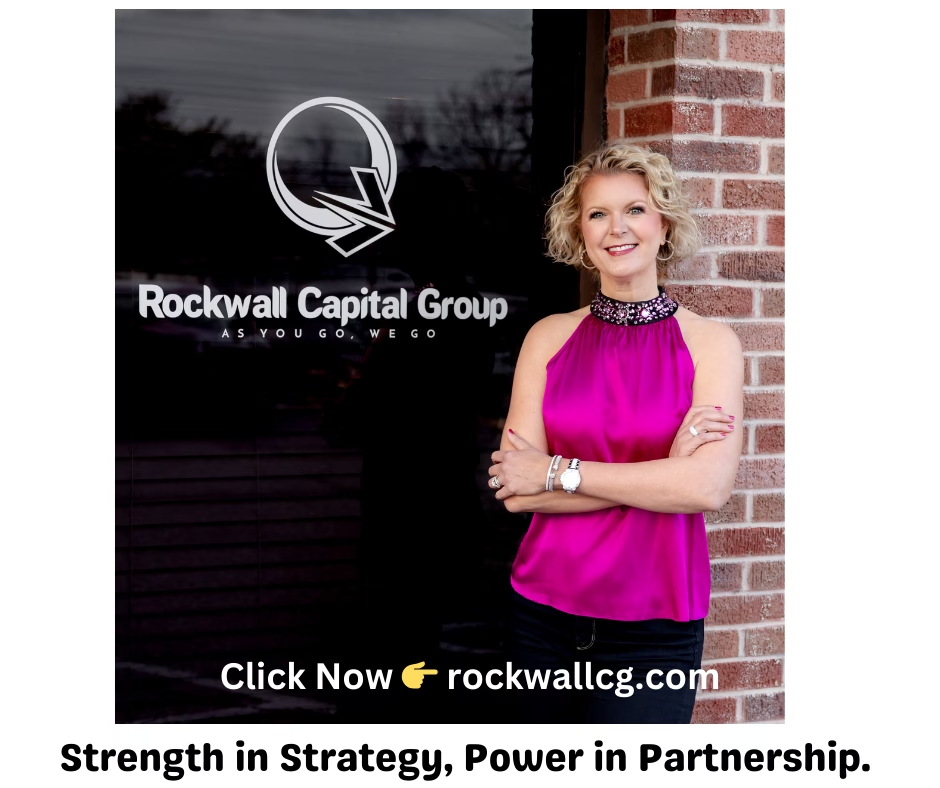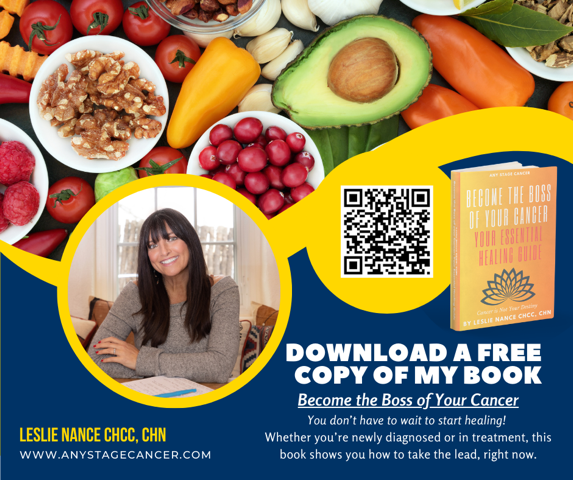Feeling stuck is a common experience for many of us at some point in our lives. Whether we are trapped in a job we don’t love, stuck in a cycle of unfulfilling relationships, or simply feeling like we’re going through the motions without progress, the sensation of being stuck can be paralyzing. But what if I told you that the key to unlocking your freedom lies not in changing your external circumstances but in understanding your inner patterns?
Self-awareness—the ability to reflect on our thoughts, emotions, and behaviors—is one of the most powerful tools we have to break free from feelings of stagnation. When we become aware of the patterns that keep us stuck, we can start to consciously choose a different path. This article will explore the power of self-awareness in breaking free from a life that feels stuck and how understanding our internal patterns can set us on the path to personal freedom.
The Cycle of Feeling Stuck
Before we can begin to shift, we must first understand why we feel stuck in the first place. Often, the sensation of being stuck is not about a lack of external opportunities or resources. Instead, it’s about repeating the same patterns, behaviors, and thoughts that ultimately keep us from progressing.
These patterns are learned behaviors, habits, and thought processes that we develop over time, often unconsciously. They may stem from early life experiences, unresolved emotional wounds, or limiting beliefs that we have internalized. For example, someone who experienced a lack of stability in childhood may develop a pattern of avoiding change or new opportunities, subconsciously believing that change equals instability. Similarly, someone who faced rejection in their youth may develop a pattern of seeking external validation, making it difficult for them to act independently or trust their own judgment.
These patterns may not always be negative at their core—they may have even served us in some way at one point. However, as we grow and evolve, these patterns can become limiting. What once kept us safe may now be holding us back. But understanding these patterns is the first step in freeing ourselves from them.
The Role of Self-Awareness in Breaking Patterns
Self-awareness is the process of observing your thoughts, emotions, and behaviors without judgment. It’s the practice of becoming the observer of your own mind and recognizing how your internal landscape shapes your actions and experiences. When we become more self-aware, we start to notice the patterns that influence our decisions, relationships, and overall sense of fulfillment.
By developing self-awareness, we can start to recognize when we are acting on autopilot, driven by old patterns or emotional triggers. This awareness allows us to pause and choose a different response, one that is more aligned with our current desires and goals. In other words, self-awareness gives us the power to consciously shift our actions and behaviors.
Identifying the Patterns That Keep You Stuck
The first step in becoming more self-aware is to identify the patterns that keep you stuck. These can take many forms, such as:
1. Negative Thought Patterns
We all have an internal narrative, but for many of us, that narrative can be harsh, critical, and self-limiting. Thoughts like “I’m not good enough,” “I’ll never succeed,” or “I’m always going to be stuck” can become ingrained in our minds over time, creating a self-fulfilling prophecy. When you become aware of these negative thought patterns, you can challenge them and replace them with healthier, more empowering beliefs.
2. Emotional Triggers
Emotional triggers are situations or behaviors that elicit a strong emotional response, often disproportionate to the situation. For example, if you feel extreme frustration when a coworker criticizes your work, it may be because of a past experience of feeling undervalued or rejected. Recognizing these triggers allows you to address the underlying emotional wound and choose a more grounded response.
3. Unproductive Habits
Habits are powerful because they run on autopilot, but sometimes, our habits can keep us stuck. Procrastination, over-commitment, or even self-sabotage can become patterns that prevent us from making progress. By identifying these habits and becoming aware of when they arise, we can start to consciously replace them with healthier alternatives.
4. Repeating Relationship Dynamics
Many of us find ourselves in similar relationships over and over again, whether romantic, familial, or professional. These relationships may follow a pattern of unhealthy dynamics, such as co-dependency, avoidance, or lack of boundaries. Understanding these patterns and the role we play in them can help us make conscious changes that lead to healthier, more fulfilling relationships.
5. Fear of Change
Sometimes, our patterns are rooted in fear—fear of the unknown, fear of failure, or fear of success. This fear keeps us stuck in our comfort zones, even if they no longer serve us. By becoming aware of how fear drives our decisions, we can start to challenge the narratives that keep us paralyzed.
































